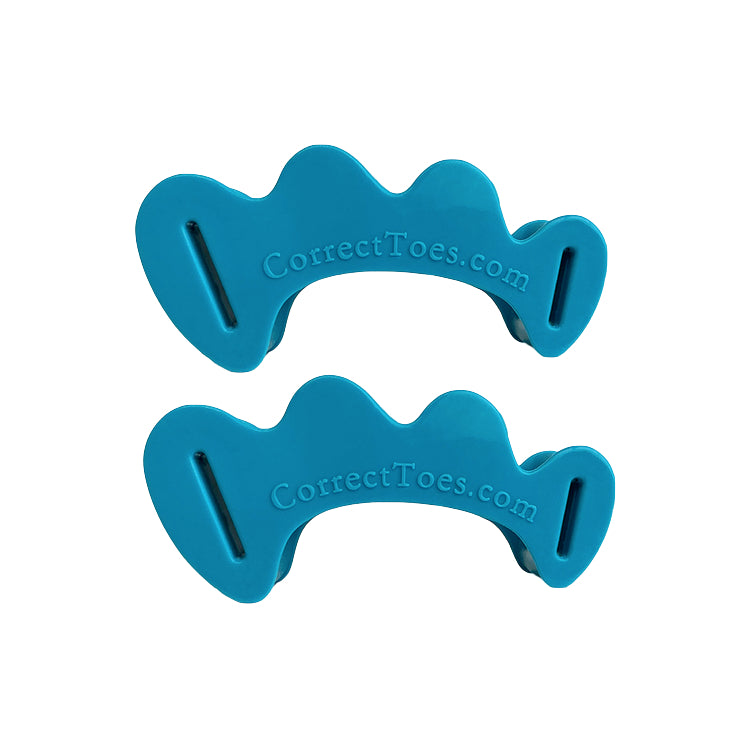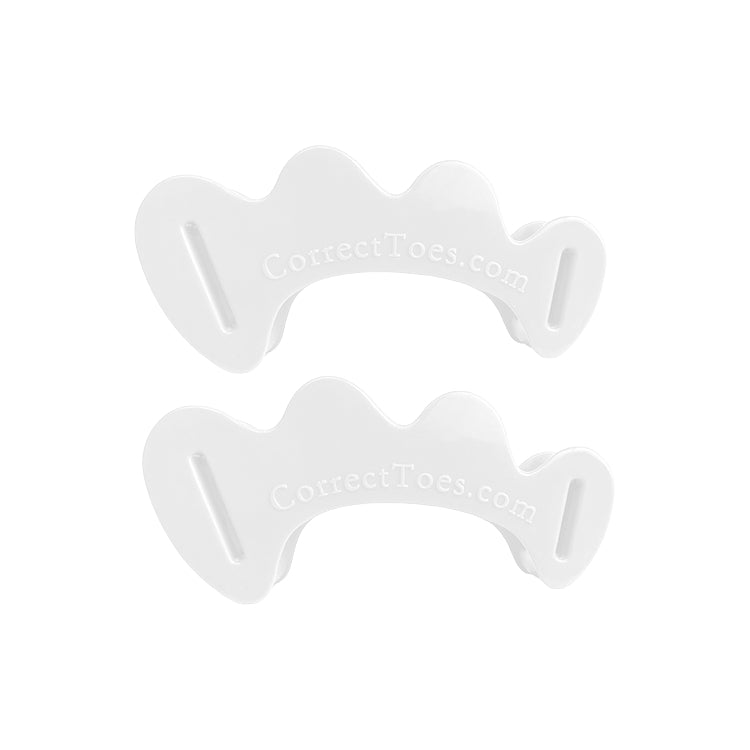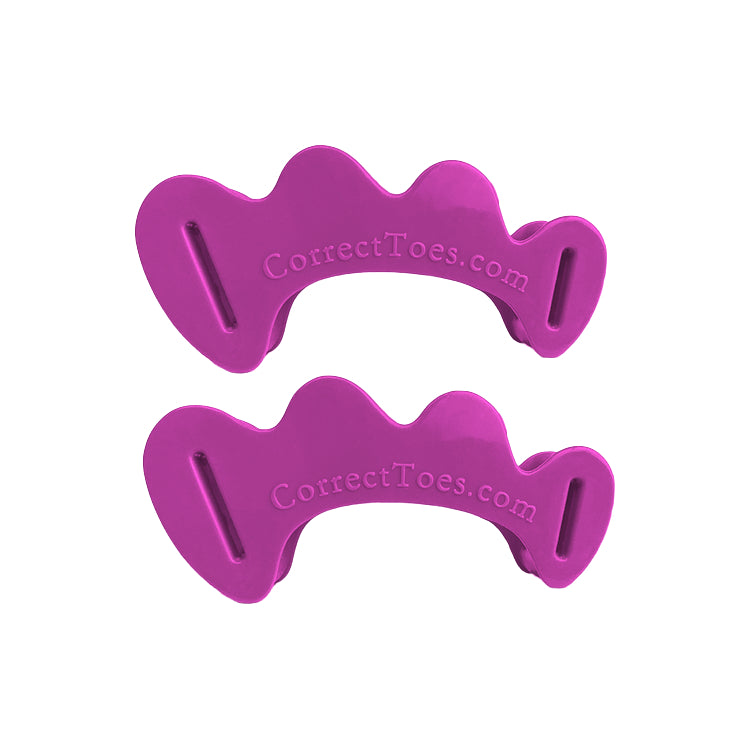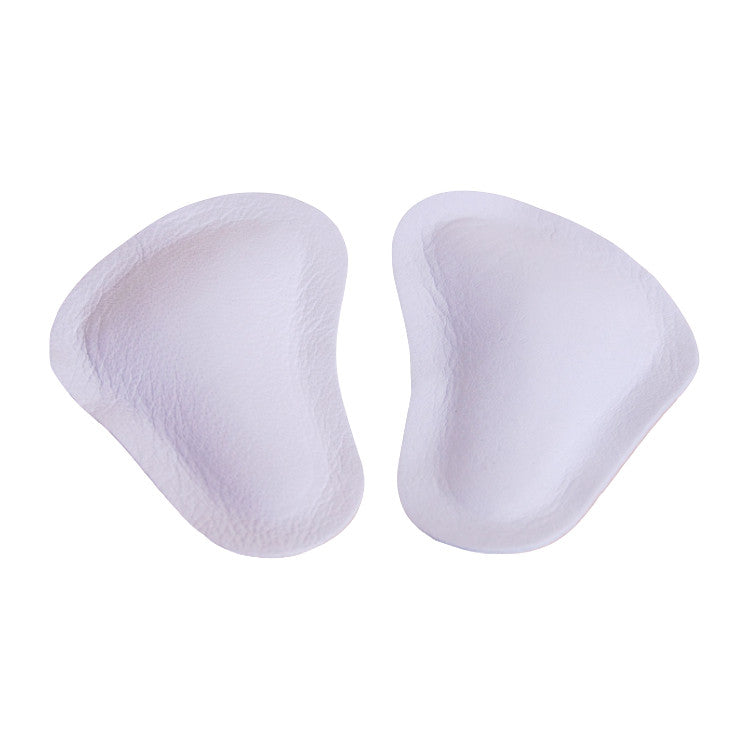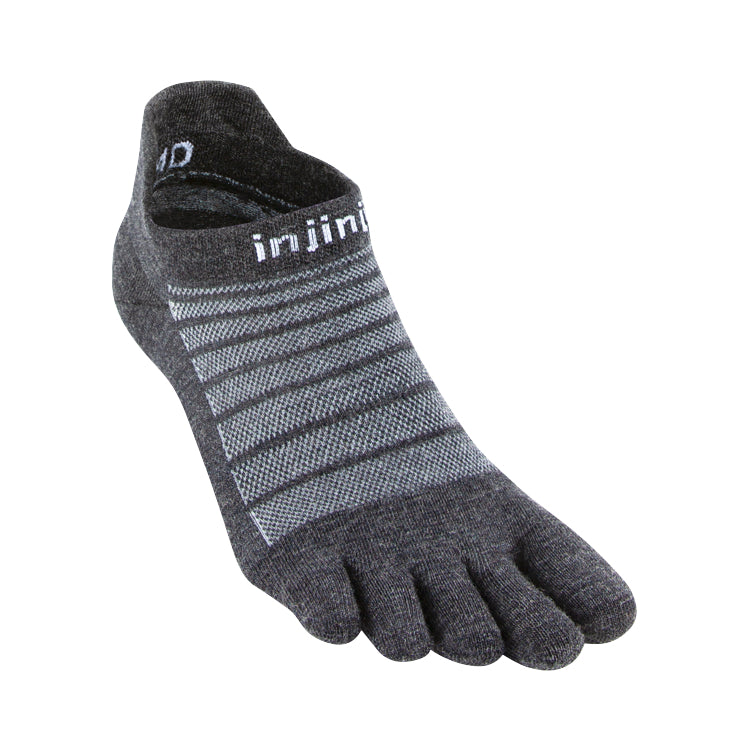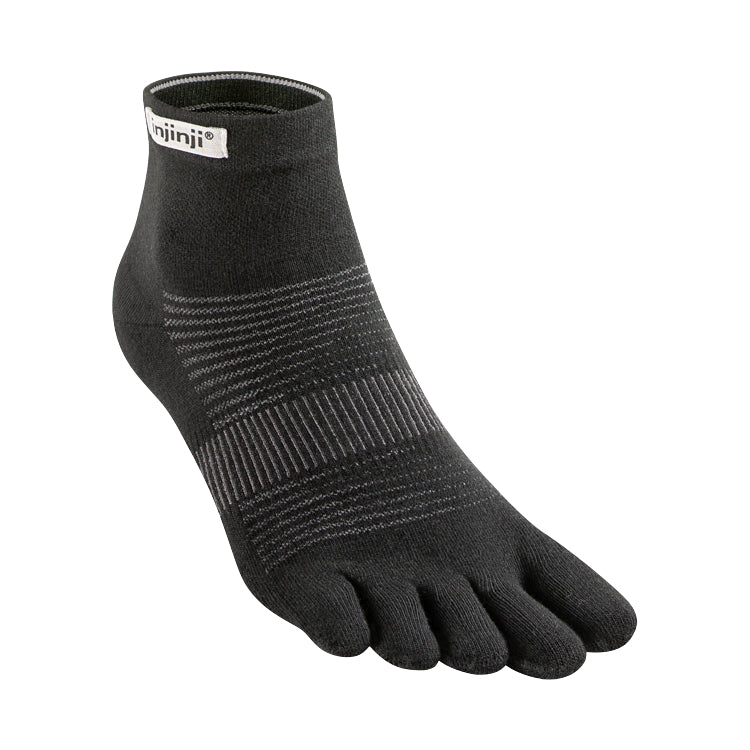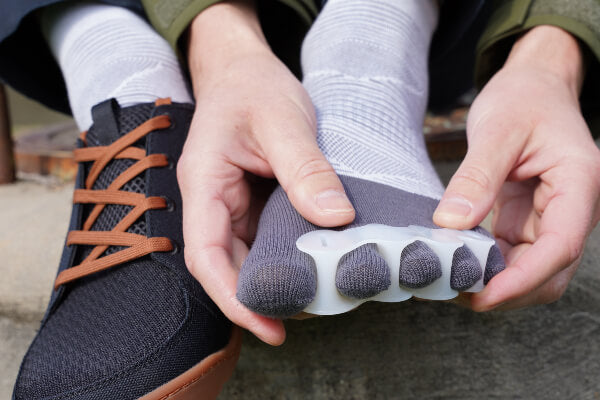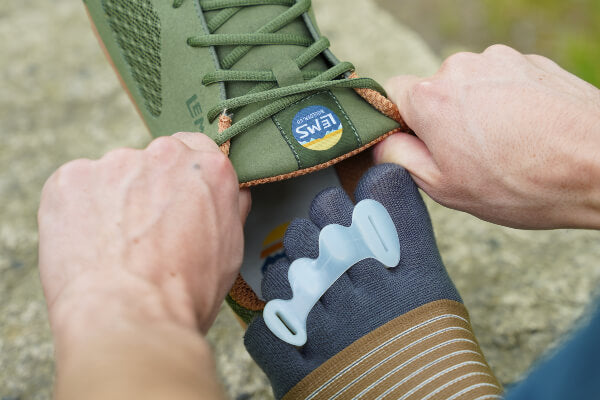
“When can I expect to see results?” This is a question people often ask about Correct Toes, which makes perfect sense given that most users find their way to the device in an attempt to heal their feet and correct longstanding toe alignment issues. In our experience, we have found that, when it comes to Correct Toes, most people, most of the time, experience some immediate relief from foot pain or problems, with continued positive musculoskeletal health benefits occurring over months and years. Of course, results may be different for different people, and the direct and indirect health benefits of Correct Toes depend on many factors, including your age, your tissue mobility, how frequently you use your Correct Toes toe spacers, your physical activity level, how often you wear appropriate footwear, and how often you use other helpful natural foot health tools and strategies, to name a few factors among many.
Architectural Changes Take Time

For architectural changes to occur in the foot, both time and dedication to Correct Toes use are important. For example, in attempting to reverse a bunion, some movement of the big toe (which is lacking in many patients with this health problem) likely will be visible within a few months of regular Correct Toes use (especially in people who use Correct Toes during weight-bearing activity). Further favorable changes will continue over many months or years. Wearing Correct Toes is, ultimately, an investment in lifelong foot health. Think of it this way: It took a lifetime for your feet to conform to the narrow toe boxes of conventional footwear. Over many years, your foot shape changed, causing the muscles, tendons, ligaments, and soft tissues involved in standing, walking, and running to mold to their environment and the forces acting upon them. It's possible to undo these negative changes, but sustained, long-term changes in foot structure do not occur overnight.
An Integral Part of Long-Term Foot Care

Simply put, you should anticipate using Correct Toes as a part of your foot care plan for many years. Positive changes in your foot symptoms, form, and function will occur much sooner than this (many people can expect to feel the beneficial effects within the first 30 minutes of use), though only continued use of the Correct Toes toe spacing appliance will ensure ongoing and lasting natural foot health in adults who have used conventional footwear since youth. For those who adopt and use the device on a regular basis, donning these toe spacers becomes second nature. It's a healthy habit that you can form through the process of repetition, and thanks to the device's exceptional comfort and superior fit, most people, over time, forget they are even wearing the spacers! Keep a pair inside your most frequently used footwear, ready to go each and every time you put on your shoes to go out into the world. To help illustrate the restorative effects of Correct Toes (and to give you a general sense of the timeline for significant toe realignment), let’s take a look at three unique groups: Children, athletes, and elderly individuals.
A More Detailed Look at Timelines

Children, athletes, and the elderly all respond a bit differently to the introduction of toe spacers, but these seemingly disparate groups can provide us with important insights into what most Correct Toes users can expect from wearing the device:
-
Children: Children are the most adaptable of the three groups mentioned above (i.e., a little bit of effort in restoring proper toe orientation early on goes a long way in this group). In many cases, children’s feet respond quickly to corrective toe positioning, and the long-term use of toe spacers may not be necessary, provided the child continues to wear foot-healthy footwear in the years and decades to come. Most kids tolerate the spacers quite well, and with multiple sizes to choose from (including the X-Small size, which is intended for diminutive feet), there's a high probability that your child will experience a good fit with the device and reap all the resultant toe alignment benefits that will serve him or her well later in life.
-
Athletes: Athletes are an interesting group because they can do considerable damage to their feet through the prolonged use of severely constricting footwear, yet they respond very well to Correct Toes when the toe spacers are adopted and used inside appropriate footwear. Athletes, especially runners, subject their feet and toes to tremendous repetitive forces during weight-bearing activity. If the toes are properly aligned, however, these forces can accelerate the corrective effect of the toe spacers. The discipline that comes with training translates well when it comes to addressing toe alignment issues in athletes, and most athletes are highly motivated to fix the underlying cause of foot and toe problems and optimize foot function and performance.
-
The Elderly: Elderly individuals are often the least adaptable and the least likely to see lasting structural changes in their feet and toes, primarily due to the decreased tissue mobility that typically accompanies the aging process. This is not to say, however, that elderly individuals will not experience lasting relief from their chronic foot and lower leg problems with the regular use of Correct Toes. In fact, many seniors report excellent results and improved quality of life (including a heightened sense of balance and enhanced lower extremity circulation) with consistent Correct Toes use. Certainly, for most people, it's never too late to adopt (and benefit from) natural foot care approaches, including the use of Correct Toes.
Most adults who adopt Correct Toes can expect to see alignment changes somewhere on the corrective continuum between what children and the oldest members of our society experience. The speed at which changes occur largely depends on how consistent and diligent you are in wearing your spacers in a weight-bearing situation—something over which you have ultimate control.
Patience, Dedication & the Importance of Outcome Markers

Correct Toes offers users the possibility of achieving profound and enduring foot health benefits, but in order to realize these benefits, it's important to exercise both patience and dedication. In a society that often seeks and values quick fixes to difficult problems, Correct Toes charts a different, more sustainable, and truly long-lasting course that yields results on a rolling basis. This rewards those who can take the long view as well as those who find this approach to be an acceptable tradeoff relative to more blunt force interventions (e.g., surgery, injections, orthotics, etc.) that may yield more immediate results but that also come with the possibility of unexpected (and unintended) complications or side effects, not to mention a recurrence of the original problem.
Because the use of Correct Toes and other natural foot care approaches tends to have a slightly longer time horizon for resolving ingrained toe alignment problems compared to conventional approaches, it can be helpful to track your progress to get a better sense of how far you've come. We recommend taking pictures of your feet and toes (including images of your medial longitudinal arch) from various angles before you start using Correct Toes and at various points (e.g., 1 month, 6 months, 1 year, etc.) on your rehabilitative journey to help you put into perspective the degree of change that has occurred over time. These images can serve as important outcome markers that will help bolster your spirits and keep you moving forward on the path toward optimal foot form and function.
SHOP CORRECT TOES

WANT TO IMPROVE YOUR FOOT HEALTH?
Let the team at Natural Footgear help you! Subscribe to our newsletter for the latest offers and helpful info, and sign up for our FREE email courses on various topics and foot health conditions.
Sign Up →
Want to Improve Your Foot Health?
We are here to help you every step of the way. Get our newsletter for the latest offers and helpful info, and sign up for our FREE email courses on various topics and conditions, including bunions, hammertoes, neuromas, plantar fasciosis, shin splints, ingrown toenails, and more.
Sign Up →
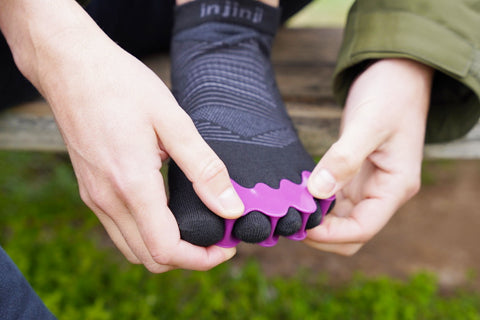 The very first of its kind, Correct Toes remains the most popular toe spacing device available to consumers today. The nature of the device—and the simple yet powerful function it performs—offers those dealing with foot pain hope for relief (at long last). It also offers users the possibility of experiencing a wide range of foot and musculoskeletal health benefits, as well as developing the kind of foot strength and resilience...
Read more
The very first of its kind, Correct Toes remains the most popular toe spacing device available to consumers today. The nature of the device—and the simple yet powerful function it performs—offers those dealing with foot pain hope for relief (at long last). It also offers users the possibility of experiencing a wide range of foot and musculoskeletal health benefits, as well as developing the kind of foot strength and resilience...
Read more







